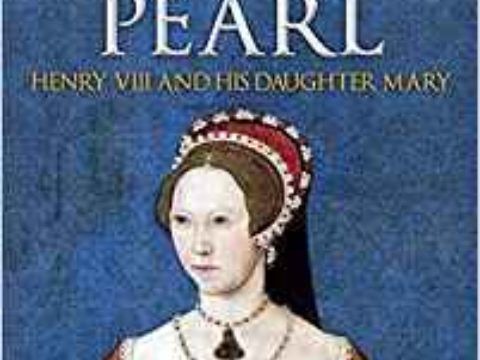John Knox: Life Story
Chapter 6 : Exile
Whilst in London, Knox joined the evangelical circles around John Hooper, recently appointed as Bishop of Gloucester and Northumberland’s chaplain. Hooper had spent time in Switzerland and had religious views in accord with Knox’s own.
Included in this radical circle was Jan Laski, a Polish reformer who was superintendent of the Strangers’ Church. This was a church for Dutch and French Protestant exiles, granted Letters Patent by Edward VI on 24 July 1550. There was no requirement for its members to conform to the service established for the Church of England, thus it was more spiritually in tune with Knox’s views.
The evangelical movement had always been strong in the capital, and Knox soon found friends, including sisters-in-law Anne Lock and Rose Hickman, whose families had promoted the reformation in England since the 1520s. Rose Hickman wrote in her memoir that her father had been responsible for smuggling English Bibles, and the works of William Tyndale, into the country and distributing them and had supplied heretical works to Anne Boleyn. Anne Lock became a long-term correspondent of Knox’s.
Whilst Knox had refused the bishopric of Rochester, he was licensed to preach in the diocese, and to undertake preaching tours. It was whilst he was conducting one such tour in Buckinghamshire in July 1553, that the succession crisis unfolded. Whilst Knox was not a member of the government and can have had no input in the attempts to put the Protestant Lady Jane Grey on the throne, it would undoubtedly have met with his approval. As it was, the failure of the coup left him in grave danger.
On the day that Mary was proclaimed in Buckinghamshire, the 14 July, Knox was preaching at Amersham. He informed his audience that the punishment of a Catholic queen had fallen on them for the lack of zeal in England in following the Reformed faith.
It was very quickly made clear to foreign-born Protestants who had taken refuge in Edwardian England, that they were no longer welcome. The government was keen to reduce the exposure of the vast mass of the populace who were either traditionally Catholic or apathetic, from the ‘contagion’ as they saw it, of the enthusiastic preachers of Protestantism.
Many took the hint and left the country, as did many convinced English Protestants, including high-profile nobles and gentry, such as Katherine, Dowager Duchess of Suffolk, and Sir Francis Knollys and his wife, Katherine Carey, who was first cousin to the Lady Elizabeth.
Knox decided that he too, should leave England. He travelled back to Newcastle to see his betrothed. The Bowes family, having flirted with Protestantism and Northumberland’s coup, were now backtracking. Marjorie was not told of Knox’s presence and Sir Robert Bowes informed Knox that the marriage to his niece could not proceed – apart from anything else, it was obvious that priests would once again be expected to practice celibacy – if Marjorie went through a wedding ceremony with him, it would not be recognised.
Marjorie was not consulted by her father or uncle. Whilst a parent could not force a marriage on a child as consent was required for its validity, it was extremely unusual for a child, particularly a daughter, to marry without parental consent, and it probably did not cross her father’s mind that Marjorie would be anything but obedient.
Knox left Newcastle, without Marjorie, to the relief of the Bowes men. Rather than attempting to sail from the Tyne, he crossed the country to Chester, where he persuaded Christopher Goodman, another radical, who had been obliged to leave his post as Lady Margaret Professor of Divinity at Oxford to join him in exile. They could best serve God and their congregations abroad.
Dieppe was Knox’s first destination and he arrived there in January 1554. Unlike the English exiles, as a Scot, he would find friends in France amongst the Scottish communities there. He remained in Dieppe for nearly two months, spending his time writing tracts, and working on a commentary on Psalm VI.
Knox’s greatest concern was to prevent Protestants in England from conforming to the reintroduced Catholic services. He would have no truck with those who outwardly obeyed the law, whilst considering themselves to be Protestants at heart. They were hypocrites and backsliders. Rather than dissimulate, they should leave the country if they could, or prepare themselves for martyrdom.
In early 1554, more pressure was put on the Protestants of England by Mary I and her government. After the failed rebellion led by Sir Thomas Wyatt, a Protestant gentleman against the Queen’s proposed marriage to Philip of Spain.
Whilst the motives of the rebels were a combination of nationalism and religion, the opportunity was taken to conflate Protestantism with treason. For Knox, the concept of using armed force to institute religious change was by no means unthinkable, but most English Protestants did not agree, and kept a low profile, or emigrated.




